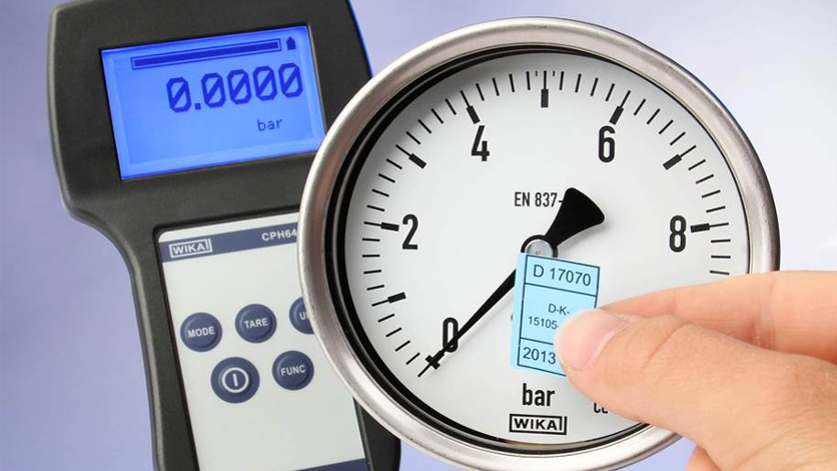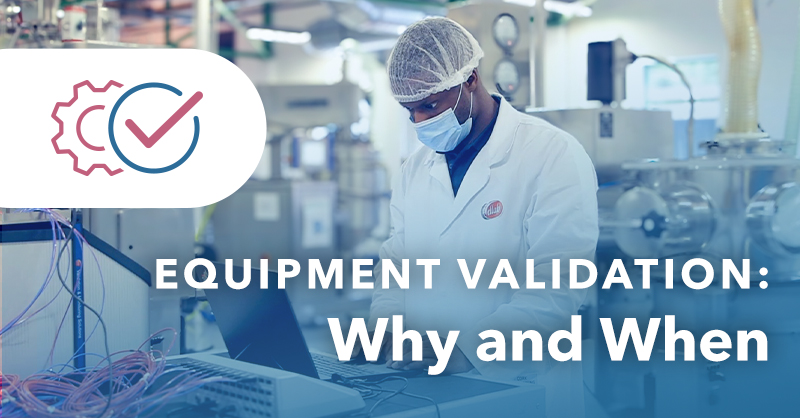.png)
Ensuring Data Accuracy and Reliability: The Importance of Analytical Equipment Calibration and Validation by Experts
In today's world, where reliance on data is skyrocketing across all industries and scientific research fields, the precision and accuracy of this data have never been more critical. Analytical equipment, as precision measurement tools, plays an undeniable role. But have you ever wondered how to guarantee the accuracy of results from these devices? That's where the importance of analytical equipment calibration and validation by specialists comes into play.
Why are Calibration and Validation of Analytical Equipment Important?
Imagine you're running a crucial drug test and the results from the machines will be the basis for life-or-death decisions about human health. In this scenario, even a tiny measurement error could have devastating consequences. Calibration and validation are done to prevent such errors and ensure that analytical devices are working correctly and providing reliable and accurate results.

Failure to properly calibrate and validate can lead to serious consequences, such as:
- Incorrect and Misleading Results: This can lead to wrong decisions based on faulty data.
- Wasted Time and Money: Repeating tests due to inaccurate results leads to significant resource waste.
- Safety and Health Risks: In some industries, errors from lack of calibration can lead to life-threatening and financial hazards.
- Damaged Reputation: Providing unreliable results can seriously damage an organization's or researcher's credibility.
Calibration of Analytical Equipment:
Calibration is the process of comparing an analytical device's performance to a reference standard and making necessary adjustments to achieve the desired accuracy. This process should be done regularly, based on the device type, relevant standards, and manufacturer's recommendations.
There are various calibration methods, including:
- Single-Point Calibration: This method uses one reference standard to adjust the device at a specific point.
- Multi-Point Calibration: This method uses multiple reference standards at different points in the device's working range to ensure accuracy across the entire measurement range.
- Linear Calibration: This method fits the relationship between the device's output signal and the reference standard value as a straight line.

Validation of Analytical Equipment:
Validation is the process of determining whether an analytical device is suitable for a specific use and provides reliable results. This process involves evaluating various parameters, including:
- Sensitivity and Detection Limits: The smallest measurable value by the device.
- Linearity: The consistency of the relationship between the output signal and the measured value across the entire working range.
- Precision: The closeness of measurement results to the actual value.
- Accuracy: The repeatability of measurement results under identical conditions.
Validation methods also vary and are chosen based on the device type and its use. Some common methods include:
- Reviewing Technical Specifications: Comparing the manufacturer's specifications to the user's needs.
- Testing with Reference Standards: Measuring the device's performance parameters using known standard materials.
- Comparing Results with Reference Methods: Comparing the device's results with those from standard and accepted methods.
Calibration and Validation by Paybord Company Experts:
Properly calibrating and validating analytical equipment requires specialized knowledge and skills. Paybord Company's experts, with their mastery of various calibration and validation principles and methods, can perform these processes with high precision and ensure the accuracy of results.
Some benefits of using Paybord Company's experts for analytical equipment calibration and validation include:
- Higher Accuracy: Experienced experts prevent errors during calibration and validation.
- Time and Cost Savings: These processes are done correctly in less time and at lower cost.
- Standard Compliance: Experts follow relevant standards and perform calibration and validation according to valid requirements and criteria.
- Detailed Documentation: The calibration and validation process is thoroughly documented for review and tracking.
Currently, many organizations and companies worldwide offer analytical equipment calibration and validation services. When choosing these organizations and companies, consider their track record, expertise, available equipment, and certifications.
Case Studies:
To better understand the importance of calibration and validation, here are some examples of errors from not properly doing these processes:
- In a pharmaceutical lab, incorrect spectrophotometer calibration led to wrong test results and low-quality drug production, endangering patients.
- In an oil refinery, incorrect validation of measurement devices led to inaccurate chemical readings, causing environmental pollution and financial losses.
Conversely, there are examples of success from proper calibration and validation:
- In a manufacturing company, proper calibration and validation significantly reduced material waste, increasing production efficiency and profitability.
Q&A:
Here are answers to some common user questions about calibration and validation:
- What's the difference between calibration and validation?
- Calibration adjusts the device for accuracy, while validation checks and confirms the device's results.
- When should analytical equipment be calibrated and validated?
- Frequency depends on device type, use, environment, and standards. Generally, do it regularly.
- Who should calibrate and validate analytical equipment?
- Trained and experienced specialists are recommended.
- How much does calibration and validation cost?
- Cost varies based on device type, complexity, equipment count, and location.
Conclusion:
Calibration and validation are key to ensuring data accuracy in labs and industries. Not doing these correctly can have severe consequences.
Using experienced experts for calibration and validation guarantees accurate results, saves time and money, and improves quality and efficiency.